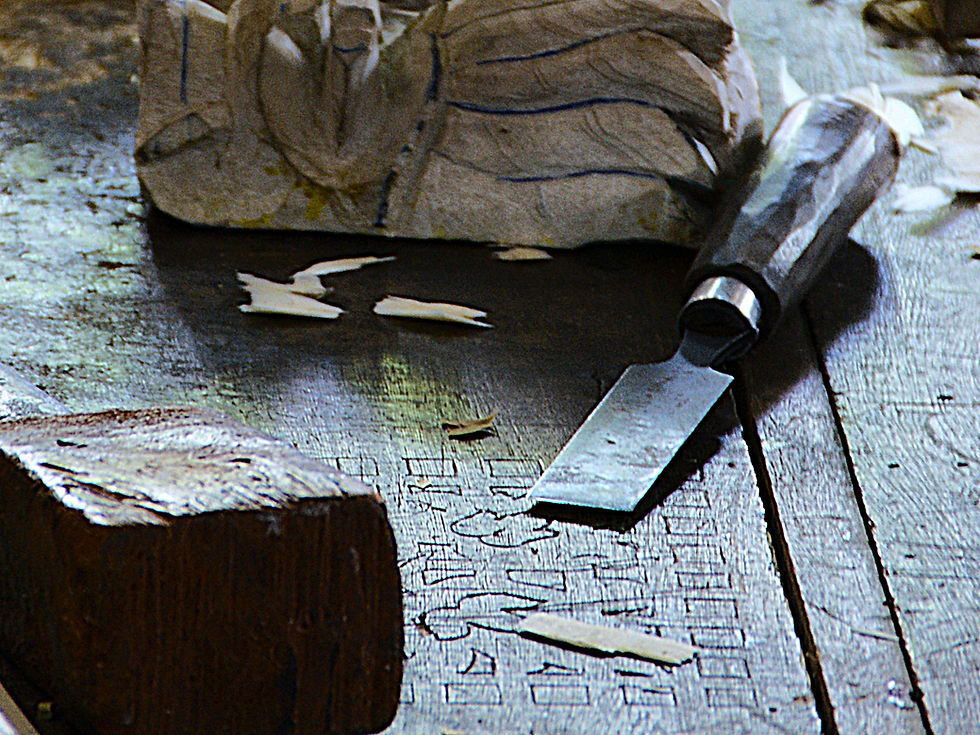From a graphic design perspective, sound behaves like a compositional tool to define rhythm, spacing, and emphasis and tune meaning.
Sound creates an emotional topography that influences the Rasa of the story. In my last Food for Thought, I referenced a Mike Mills documentary as an example of how sound changed the meaning and emotion of a story.
I found the ambient sounds carried more narrative weight than the beautiful arthouse black and white footage alone. Sound can play a big role in a story. Pay attention to how much space it takes in the narrative. Its potential to emphasize can also be distracting. Because sonic decisions change the texture, contrast, rhythm, and space of a story. We use it to strengthen and weaken the meaning of an image.
In graphic design, texture adds physicality: paper grain, halftones, or metallic gradients. I’ve seen sound behave similarly in a story. Layering them creates an atmosphere that positions the meaning of what we see. I find it to be a wonderful way of directing objective reality with emotional flavour, like overlaying handwritten notes on a photograph.


It tunes the semiotics of an image.
Not all situations require such a boost in meaning. I tend to supplement images with sound, mostly to convey complex ideas. Particularly, symbolic and emotional subtleties that are hard to distil from an image alone.

Think of sound as editorial emphasis.
Sound anchors a mood in the same way colour can. When paired, they can be very emotive. They are mood2; colour and sound form a kind of emotional syntax. They are fun to play with and an effective way to communicate complex emotions.

Food for thought


